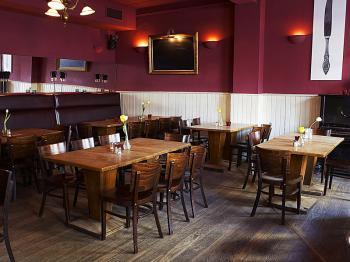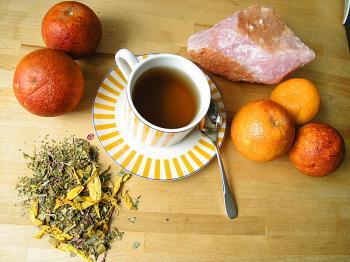A company in Germany’s Franconia region produces tasty morsels.
Minderleins Mill, in the state of Bavaria, is located far away from the urban hustle and bustle. Situated in the town of Neunkirchen (literally, “9 churches”) am Brand, it lies between Erlangen and Nuremberg, on the border of Upper and Lower Franconia. The mill has been owned and operated since 1767 by the Hubmann family, but the earliest written accounts mentioning it are found in 13th century documents.
In more recent times, the family company has since pursued innovative ideas, beginning by producing cereals. It first started manually producing products in one of the mill’s side rooms. The owners started to use the trademark, ‘Rosengarten’ in 1996. Stefanie Haupt, who works in the marketing division, said that the brand name already existed. She said: “The company was producing energy bars and other little products on a small scale.” Expansion soon followed. Cereals were first produced as the main product line, and then chocolate-covered items like fruits and nuts, cookies, seasonal products and gluten-free items were added. “It kept snowballing,” said Haupt. “Depending on the season, our main location employs 140-160 people, and our secondary location employs 80 people.”
High Quality Cereals
The Rosengarten company has become famous for its cereal specialty products. This year, at an organic products exhibition, it introduced two new product lines that generated such an overwhelming demand that some organic food stores are on a waiting list for them. “They include gourmet cereals with cranberries—cranberries are such a hot item right now.” She went on to explain why cranberries are so trendy: “There are always certain items that are especially sought after, and cranberries are reputed to have a lot of healthful nutrients, including vitamins and minerals. They just soak up free radicals.” (Such an ability is reputed to be good for the immune system, and helps to prevent inflammation.) In addition, the fruits are freeze-dried in order to preserve their natural fragrance and flavor. The acids and the nutrients are preserved as well. When the milk is added to the fruit, the moisture is absorbed by the fruit, making it look freshly harvested. Haupt explained: “When you use dried fruit, all you ever taste is the sugar, and it’s hard to tell which fruit it used to be. When you use freeze-dried ingredients, you’ll still be able to distinguish between the individual fruits.”
When Rosengarten produces “crunchies”, Ms. Haupt told us they bake the dough and press it through a wire mesh, which produces the large flakes. “This is how crunchies are made. We also have nut crunchies; for these, we also bake the nuts. In other words, we roast them, to give them a unique flavor.” They offer crunchies in the form of a basic cereal, with wild berries, blackberries, raspberries and strawberries, and also have a product with just plain nuts.
The raw materials come from Germany and other European countries. The ginger comes from China. Ms. Haupt said: “We only use certified, organic producers—we have very strict quality standards.”
Rosengarten has now become the largest distributor of organic chocolates, and they consider themselves to be a company “with thorough quality control.” CEO Andreas Hubmann has instituted a whole system of controls. The raw materials are first quarantined and analyzed in a lab, before they can be released for processing. Many specialty pastries and a complete product line of chocolate-covered fruit have been in production for a long time. Ginger in dark chocolate is a novelty product, as are the yogurt-covered sour cherries and cashew nuts. The most popular product is the chocolate covered apple slices. “They always sell out first!” exclaimed Ms. Haupt.
Visiting the Area
Rosengarten’s location is idyllic. Neunkirchen am Brand has long been one of Germany’s quaint little market towns. Established in 1410, it was actually built around the Canons Regular of Saint Augustine monastery, constructed in 1314. After World War II, many refugees settled here, and it has since grown into a town with many suburbs. Today, it has a population of about 5,995. Neunkirchen is a popular tourist attraction, due in part to the fact that with its many well-preserved buildings built during the middle ages, it has maintained an old world appeal that few can resist.


